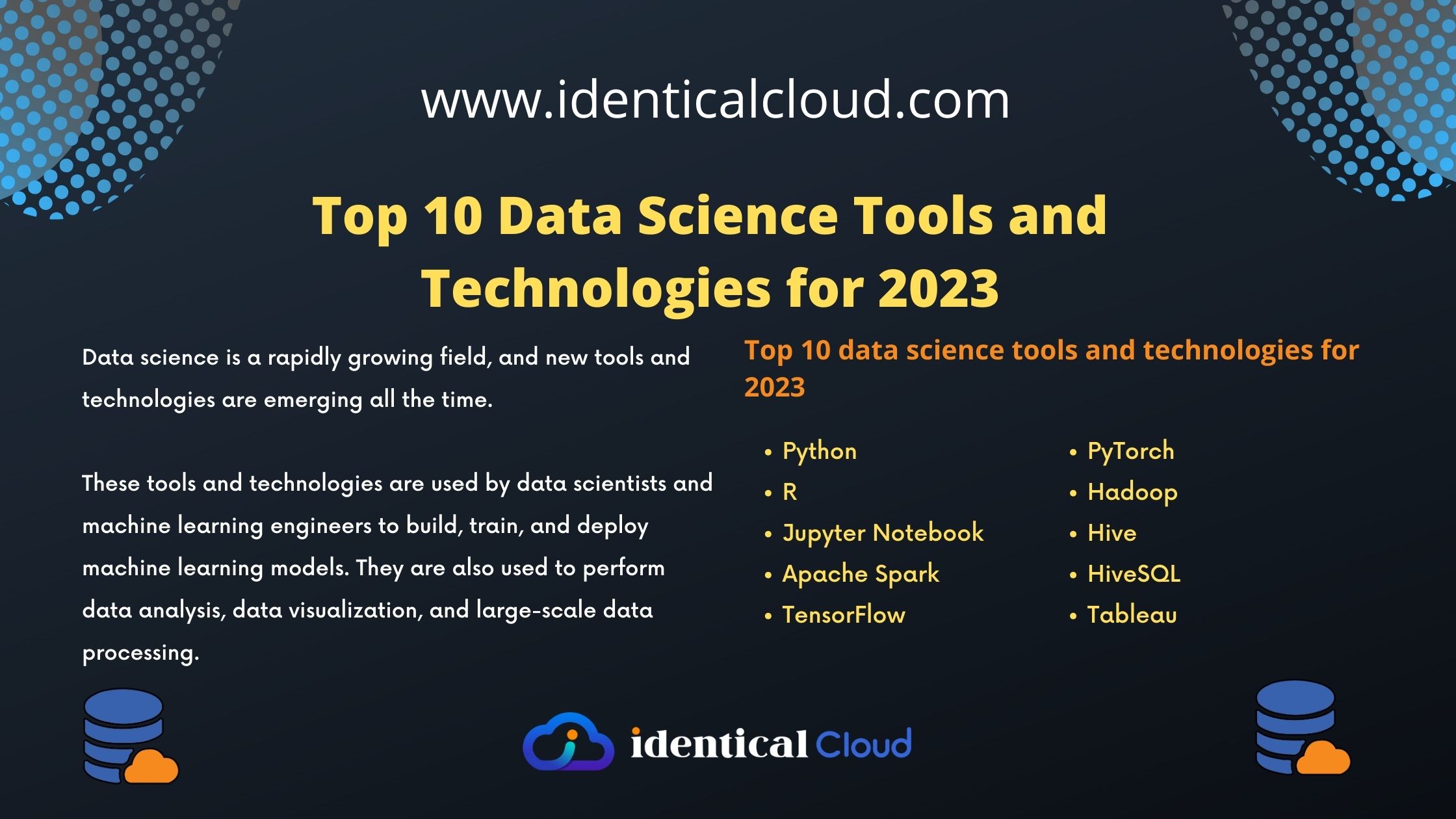
Deep Learning vs Machine Learning: What’s the Difference?
Deep Learning vs Machine Learning: What’s the Difference?
Machine learning and deep learning are both types of artificial intelligence (AI) that allow computers to learn without being explicitly programmed. However, there are some key differences between the two technologies.
Machine learning is a type of AI that allows computers to learn from data. Machine learning algorithms are trained on a set of data, and they can then use that data to make predictions or decisions. Machine learning algorithms can be used for a variety of tasks, such as classification, regression, and clustering.
Deep learning is a subset of machine learning that uses artificial neural networks to learn from data. Artificial neural networks are inspired by the human brain, and they consist of multiple layers of interconnected nodes. Deep learning algorithms can learn from much larger and more complex datasets than machine learning algorithms, and they can often achieve better results.
Here is a table that summarizes the key differences between deep learning and machine learning:
| Feature | Deep Learning | Machine Learning |
|---|---|---|
| Type of AI | Artificial intelligence | Artificial intelligence |
| Learning method | Uses artificial neural networks | Uses statistical analysis |
| Data requirements | Large and complex datasets | Smaller and less complex datasets |
| Accuracy | Can achieve better results than machine learning | Can achieve good results |
| Complexity | More complex than machine learning | Less complex than deep learning |
So, which one is better?
It depends on your specific needs. If you need to achieve the highest possible accuracy, then deep learning is the way to go. However, if you are working with smaller datasets or you need to develop a machine learning model quickly, then machine learning may be a better option.
Here are some examples of how deep learning and machine learning are being used today:
- Deep learning:
- Image recognition: Deep learning algorithms are used to identify objects in images, such as faces, cars, and animals.
- Natural language processing: Deep learning algorithms are used to understand human language, such as translating languages and generating text.
- Speech recognition: Deep learning algorithms are used to recognize spoken words, such as in voice commands and virtual assistants.
- Image recognition: Deep learning algorithms are used to identify objects in images, such as faces, cars, and animals.
- Machine learning:
- Spam filtering: Machine learning algorithms are used to identify spam emails.
- Fraud detection: Machine learning algorithms are used to detect fraudulent transactions.
- Recommendation engines: Machine learning algorithms are used to recommend products or services to users.
- Spam filtering: Machine learning algorithms are used to identify spam emails.
In summary, machine learning and deep learning are two distinct but interconnected fields within the realm of AI. Machine learning provides a range of algorithms and techniques for training models on labeled or unlabeled data, while deep learning leverages artificial neural networks to automatically learn hierarchical representations from raw data.
Machine learning is suitable for many traditional AI tasks and scenarios where feature engineering and interpretability are crucial. Deep learning, on the other hand, excels in complex, high-dimensional data domains, where large amounts of labeled data are available, and performance is paramount.
Understanding the differences between deep learning and machine learning is essential for selecting the right approach for specific AI applications, enabling us to harness the power of these technologies to drive innovation and solve real-world challenges.
FAQ’s
What is machine learning?
Machine learning is a type of artificial intelligence (AI) that allows software applications to become more accurate in predicting outcomes without being explicitly programmed to do so. Machine learning algorithms use historical data as input to predict new output values.
What is deep learning?
Deep learning is a subset of machine learning that uses artificial neural networks to learn from data. Artificial neural networks are inspired by the human brain and are made up of layers of interconnected nodes. Each node in a neural network performs a simple calculation, and the output of each node is passed to the next node in the network. The network learns to perform a task by adjusting the weights of the connections between the nodes.
What are the main differences between machine learning and deep learning?
The main difference between machine learning and deep learning is the way they learn from data. Machine learning algorithms typically use simple algorithms to learn from data. These algorithms can be effective for simple tasks, but they may not be able to learn from complex data or to perform complex tasks. Deep learning algorithms, on the other hand, can learn from complex data and to perform complex tasks. This is because they are able to learn hierarchical representations of data, which means that they can learn to identify patterns in data at different levels of abstraction.
What are some of the applications of deep learning?
Deep learning is used in a wide variety of applications, including:
Natural language processing: Deep learning is used to develop natural language processing (NLP) models that can understand and generate human language.
Image recognition: Deep learning is used to develop image recognition models that can identify objects in images.
Speech recognition: Deep learning is used to develop speech recognition models that can understand human speech.
Machine translation: Deep learning is used to develop machine translation models that can translate text from one language to another.
Medical diagnosis: Deep learning is used to develop medical diagnosis models that can help doctors identify diseases.
Financial trading: Deep learning is used to develop financial trading models that can help traders make better investment decisions.
When should I use machine learning vs. deep learning?
The decision of whether to use machine learning or deep learning depends on the specific task at hand. If the task is simple and the data is not complex, then machine learning may be sufficient. However, if the task is complex or the data is complex, then deep learning may be necessary.
What are some of the challenges of deep learning?
Deep learning models can be complex and difficult to train. They also require a lot of data to train, and the data must be labeled correctly. Deep learning models can also be sensitive to noise in the data, and they can be difficult to interpret.
What are the future trends of deep learning?
Deep learning is a rapidly evolving field, and new advances are being made all the time. Some of the future trends of deep learning include:
Deep learning will be used in more and more applications.
Deep learning models will become more powerful and efficient.
Deep learning models will be able to learn from more complex data.
Deep learning models will be able to interpret data more effectively.
Deep learning will become more accessible to businesses and individuals.










Great Content. Thanks for sharing